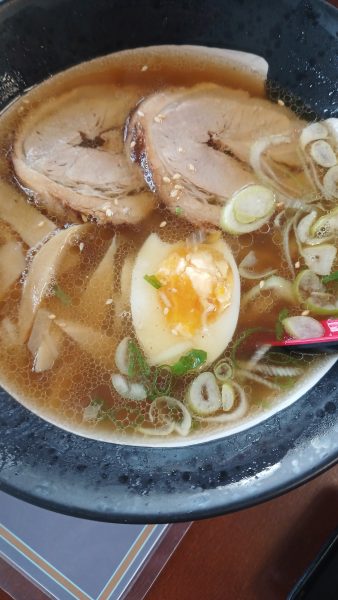Updated 03-Aug-2025

As an American, I grew up with instant ramen noodles, that is the very cheap wavy dried noodles one buys to eat, on a student's diet. Warm and filling, though honestly the nutritional content is quite suspect.
I had no idea that this dried out version has extremely little to do with the actual food in Japan. While even the term is somewhat confusing, the main thing is that ramen is traditionally a Chinese dish with many varieties, more similar to udon in Japan.
> Japanese ramen is a Chinese noodle dish that has been further modified to suit Japanese tastes. Therefore, Japanese ramen is called "Japanese style ramen" in China.
In Japan, there are also a large number of varieties of ramen, but they generally have a wheat noodle with a firm texture (though that noodle may be thin or thick, and the firmness may be a choice of the diner.
Healthiness of Ramen
It should be clearly stated, Ramen (the dessicated instant variety, as well as the freshly made Japanese comfort food) is far from a healthy meal. One guy who sells Ramen tours in Japan eats more than one bowl every day says it's ok because his yearly health scan hasn't shown anything bad (yet). Note that his opinion is based on self-proclaimed Ramen expertise (which is basically a single person eating a lot of it, not any actual nutritional or pathology training). Sad.
I've come to the conclusion that Ramen, while tasty, is far from a healthy food, and once a month should be the limit, with the possible exception of being in Japan, which might increase this by a factor of two.